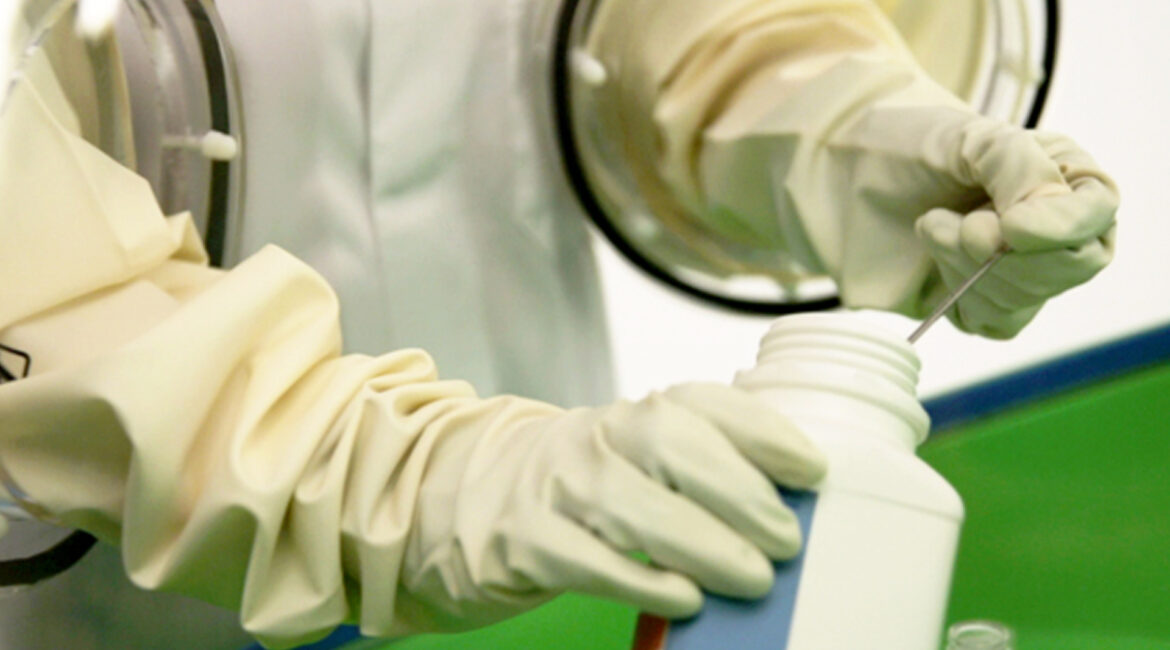Portable glove box systems are a necessary part of lab equipment if the lab works with hazardous materials, inert gases, acidic liquids, etc. These compartments protect workers who experiment with hazardous material, and prevent the compromising of the content.
Portable Glove Systems: What are they?
An environment with controllable features is a necessity when it comes to experimenting or working with hazardous chemicals or material. For this purpose, a unique chamber or structure called a portable glovebox system is used that allows handlers to carry on with their activity with materials kept under isolation. This pressure box protects the content inside from external influences, like humidity, and ensures the safety of technicians working on the experiment.
As the name implies, the glove box is an armored box made of acrylic, PVC, or stainless steel containing two or more than two gloves for working with the contents. Even though there are many different types of designs available, the main role of all of them is the same – to protect the handler from substances or materials without compromising safety procedures.
Types of Portable Glove Box Systems
Portable glove boxes fall in two categories: protective, and isolating. The main difference between them depends on the nature of protection required, and whether the material is inside or outside. The isolation boxes have positive pressure through which excess gas is released into the room using valves. Container chambers have negative pressure, and air must exit outside due to the risk of treatment created inside. Glove boxes are standard in scientific and medical research institutes, where many experiments are carried out on different materials.
Purpose and How Does it Work?
A portable glove box system, also called a dry box, is a massive structure with several glove ports and a viewing window. Glove ports allow technicians to wear gloves to arm’s length and to work without outside intervention. Technicians put their hands inside the room to work with hazardous contents in an inert environment. Typically, nitrogen is the inert gas present inside the chamber. On the other hand, other gases, such as helium and argon, are used if the material reacts in one way or another with nitrogen. Although the environment of the glove box is designed to be airtight, a small amount of oxygen can leak through. So, it is essential to clean them regularly before starting any experiment to avoid any reactive consequences.
On the side of the portable glove box compartment is a room or hallway that allows technicians to place the contents into the glve box. They can open the interior door and transfer the material to the glove compartment.
Precautionary Measures
To avoid any emission of inert gases or fumes, the inside and outside doors of the portable glove box compartment should always remain closed during experimentation. The reason is that inert gases have oxygen displacing capabilities, and in the event of a leak, they displace oxygen from the room and cause problems for the technicians. There is a threshold level called the OSHA layer: if the oxygen level falls below this, problems with breathing arise, and respiratory blockage or, in the worst cases, suffocation. It is recommended to keep an oxygen monitor in in the glovebox to avoid such tragedies from occurring.

